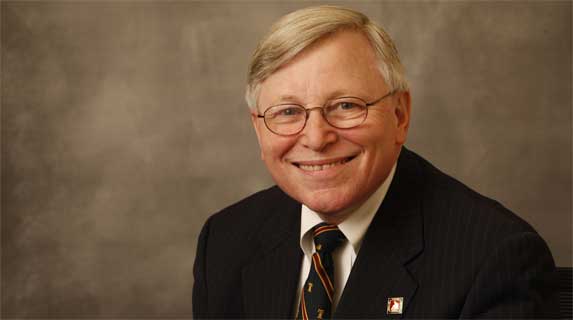THE SUPREME COURT HAS BECOME MORE POLITICIZED
When Supreme Court Justice John Paul Stevens retired from the Supreme Court in 2010, at age 90, there were no longer any justices on the Court from the pre-Reagan era. Justice Stevens was a liberal justice appointed to the Court by President Ford, a Republican. Two of the most liberal justices in history – Justice Earl Warren and Justice William Brennan – were appointed to the Court by President Eisenhower, a Republican. Appointments like those appointments do not happen today.
Beginning with President Reagan, and followed by President Bush (the elder), President Clinton, President Bush (the younger), and President Obama, all appointments to the Supreme Court have been (1) a member of the President’s party, (2) someone who thinks a lot like the President, (3) someone who is on the President’s side of the line, but not so far down that line so as to preclude confirmation, and (4) a young person, so as to get the longest tenure out of each appointment. I knew that I was getting old when I realized that the Chief Justice of the United States was in his second year of law school when I became a law professor.
Historically, the Supreme Court was viewed as the one branch of government that stood above the political fray. The Court is still considered to be more neutral than the legislative branch and more neutral than the executive branch, but, in the last three decades, any notion that the Court is completely neutral is gone.
A century ago, only about 3% of the Court’s decisions were 5-to-4 decisions. During the last three decades, that number has increased more than seven fold to 22%. In fact, it is speculated that the reason that Justice David Souter resigned from the Court was his disgust over how political the Court acted in Bush v. Gore.
The current Court breakdown is as follows:
Justice Antonin Scalia – appointed by President Reagan – conservative
Justice Anthony Kennedy – appointed by President Reagan – conservative, but balanced
Justice Clarence Thomas – appointed by President Bush (the elder) – conservative
Justice Ruth Bader Ginsburg – appointed by President Clinton – liberal
Justice Stephen Breyer – appointed by President Clinton – liberal
Chief Justice John Roberts – appointed by President Bush (the younger) – conservative
Justice Samuel Alito – appointed by President Bush (the younger) – conservative
Justice Sonya Sotomayor – appointed by President Obama – liberal
Justice Elana Kagan – appointed by President Obama – liberal
Justice Kennedy has become the Court. On many issues, when the other eight Justices are marching in lock step with the party that appointed them, Justice Kennedy can go be persuaded to go either way. Since 2005, Justice Kennedy has been in the majority in almost all 5-to-4 decisions. As goes Justice Kennedy, so goes the Court. That is why Supreme Court observer Jeffrey Toobin, Esq., predicted that the “individual mandate” in the Health Care Reform Act was in “grave danger,” after he heard the questions that Justice Kennedy asked of the advocates, as Justice Kennedy struggled with the confrontation between the Commerce Clause and the Tenth Amendment.

Comments on this entry are closed.